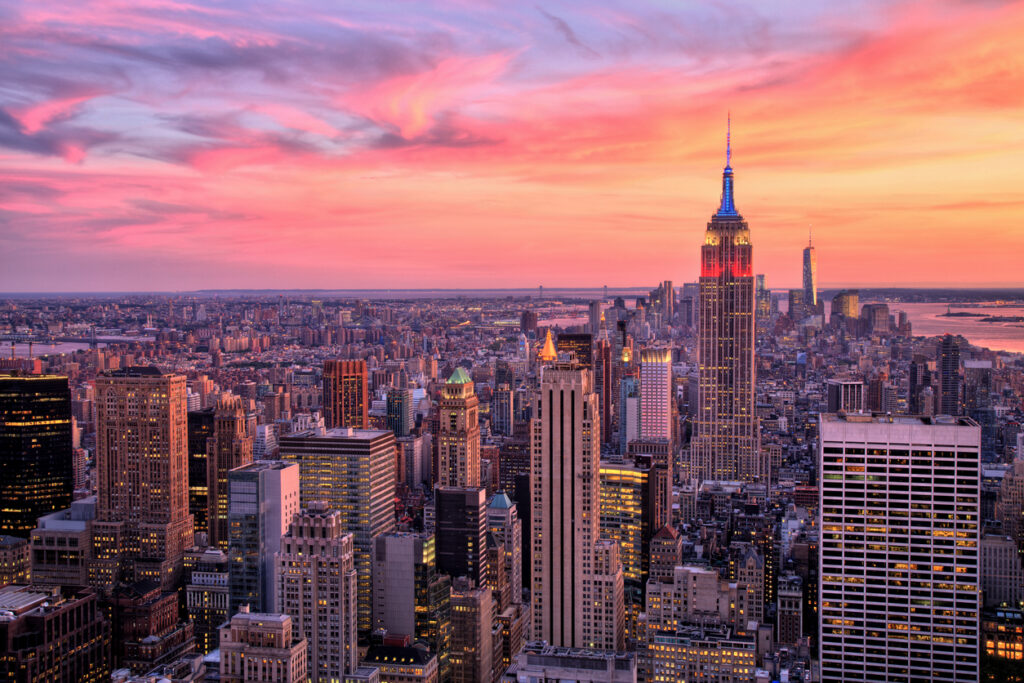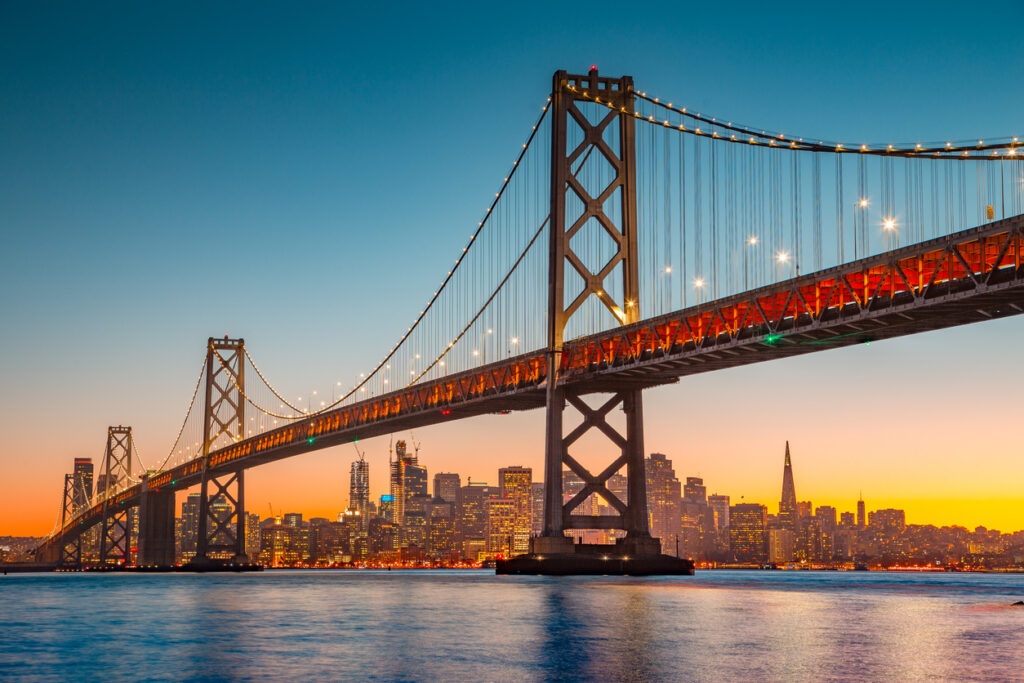
It sounds dramatic, but it’s true — some of the most well-known cities in the US are sinking. Not in a sudden, movie-scene kind of way, but slowly and steadily, centimetre by centimetre. It’s not just about rising seas. Many of these places are being pulled down from underneath by a mix of human activity, poor planning, and natural geological shifts. And while it might not seem urgent on the surface, it’s already causing problems, from cracked roads and uneven buildings to increased flood risk. Here’s what’s really going on, and why it matters more than most people realise.
New York City is sinking under its own weight.
NYC is literally pressing itself into the ground. The sheer weight of its buildings — more than a million structures — is pushing the land downward. Studies suggest it’s subsiding at a rate of 1–2 millimetres a year, faster in some places.
That doesn’t sound like much, but combine that with rising sea levels, and you’ve got a dangerous combo. It’s part of why heavy rains or hurricanes are hitting the city harder. Water simply has nowhere to go when the ground is subtly sinking and the tides are getting higher.
New Orleans has been sinking for decades.
New Orleans is probably the most famous case. Built on soft delta soil and surrounded by levees, it’s always been vulnerable. However, years of draining wetlands and pumping groundwater have sped up the problem. Some areas of the city are sinking by more than 2 inches a year, and because parts of the city are already below sea level, that’s a serious risk. It’s a big reason Hurricane Katrina was so devastating, and why the next big storm could be just as dangerous.
Houston is sinking because of groundwater use.
Houston’s growth came with a heavy environmental price. As the city expanded, it pulled vast amounts of water from underground aquifers to meet demand, and that’s led to something called land subsidence. When you remove too much groundwater, the soil collapses in on itself, and the land sinks. Some areas around Houston have dropped by more than 10 feet in the last century. It’s created drainage issues, increased flooding, and added serious stress to infrastructure.

San Francisco has a soft spot beneath it.
San Francisco is vulnerable not just because of earthquakes and rising seas, but because some parts are built on artificial fill — loose materials dumped into the bay to create more buildable land.
These filled-in areas are now compacting and sinking, especially as the weight of new buildings adds pressure. The Transbay Transit Center and Millennium Tower have both made headlines for sinking and tilting, raising serious concerns about future construction in those zones.
Miami is slowly sinking, but groundwater is the real threat.
Miami’s problem is sneaky. The city is built on porous limestone, which acts like a sponge, letting water seep up from below even as sea levels rise. That means it can flood even without rain, especially during high tides.
While Miami isn’t sinking in the traditional sense as quickly as others, the combination of slight land subsidence and rising seas makes it one of the most at-risk cities in the US. The water isn’t just coming in from the coast — it’s coming from the ground.
Parts of Los Angeles are buckling under their own infrastructure.
Like Houston, L.A. has long relied on groundwater — and it’s catching up. Areas in the San Joaquin Valley (just north of the city) have seen some of the worst sinking in the country due to agricultural water use. Closer to the city, years of urban development, pavement, and pressure from buildings are compacting the land. Some areas are also vulnerable because of oil drilling, which destabilises the subsurface and can contribute to land shifts.

Climate change is making it worse everywhere.
Even where land isn’t subsiding quickly, climate change is amplifying the impact. Rising sea levels, heavier rainfall, and stronger storms all interact with sinking ground in dangerous ways.
For cities already fighting to keep water out, or maintain their infrastructure on uneven land, every inch of subsidence adds to the challenge. The risk isn’t just theoretical; it’s playing out in neighbourhoods where flooding is now a monthly event, not a rare one.
Urban development speeds everything up.
Big cities bring more roads, more buildings, and more people, which all means more weight and more pressure on the land. On top of that, development often covers up natural waterways, wetlands, and green spaces that would help manage shifting ground.
The more we build, the more we strain the land beneath us. And unless cities start planning with sinking and rising seas in mind, it’s only going to get worse. Some have started, but the changes are slow, and the ground isn’t waiting.